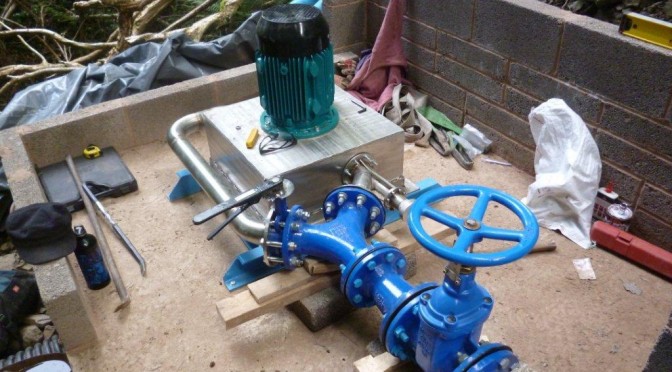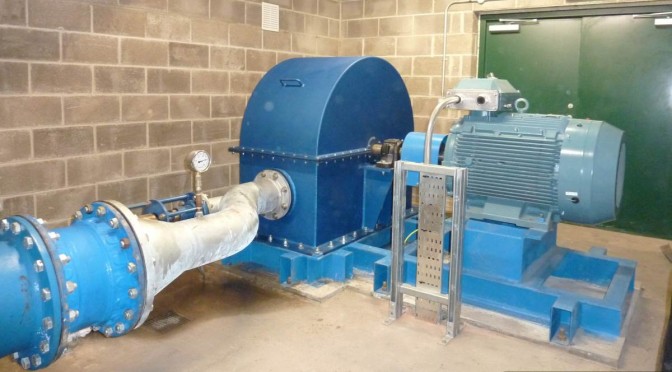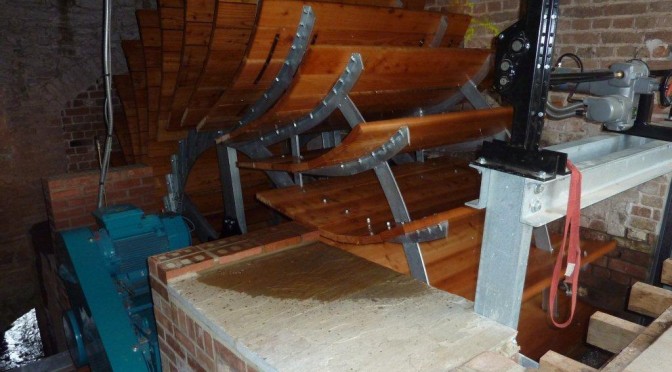| Pico Energy Ltd | Case Study 10 | Site Name: | Culbone |
| System type: | Pelton Turbine | Power output: | 4.5 kW |
| Manufacturer: | Pico Energy Ltd | Typical Generation: | 24 MWh p.a. |
| Client: | Mr S Wyard | Design Conditions: | H = 50.00 m Q = 0.016 m3/s |
| Location: | Culbone, Exmoor, Devon | Commissioned: | December 2012 |
Project description:
Pico Energy have commissioned a 4.5 kW scheme in the Exmoor National Park. The challenging site is located in a remote wooded valley on the North coast of Exmoor in the hamlet of Culbone which is famous for having the smallest church in England. The hydro power system works independently of the National Grid and provides power and heating for local residents.
Pico Energy have worked with the client from initial proposal to gain approval from the National Park and to ensure the scheme has minimal impact on the picturesque location. The building work was carried out by contractors under close supervision from Pico Energy. The ‘off-grid’ generator control panel has been connected to the existing inverter and battery bank, replacing an old diesel generator as the power source. In addition to providing AC power directly to the house, the hydro generator also maintains the battery charge. If the maximum electrical load temporarily exceeds the generator capacity, then the batteries supply the shortfall via the inverter. In this way a peak load of up to 8 kW can be accommodated for short periods.
The stainless steel Pelton turbine system used for this installation was designed, manufactured and installed by Pico Energy Ltd. In addition to providing supplying all loads with renewable electricity the client receives the Feed-in Tariff on all electricity consumed.
If you have a similar project in mind, then please get in touch for an informal discussion about how we may be able to assist with the scheme implementation: info@picoenergy.co.uk






